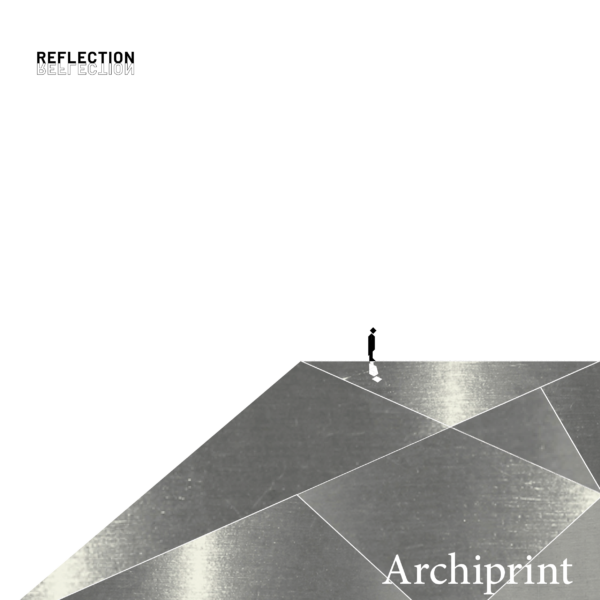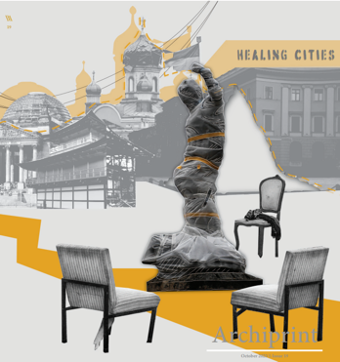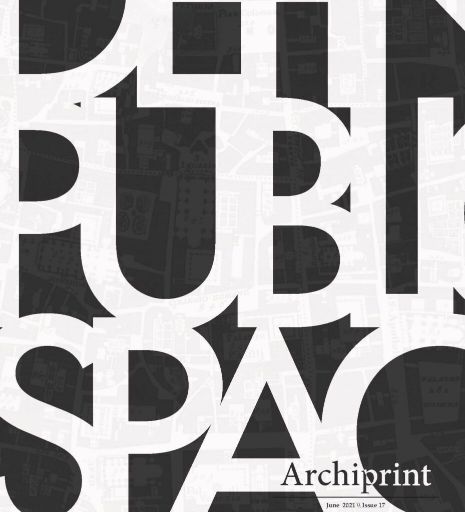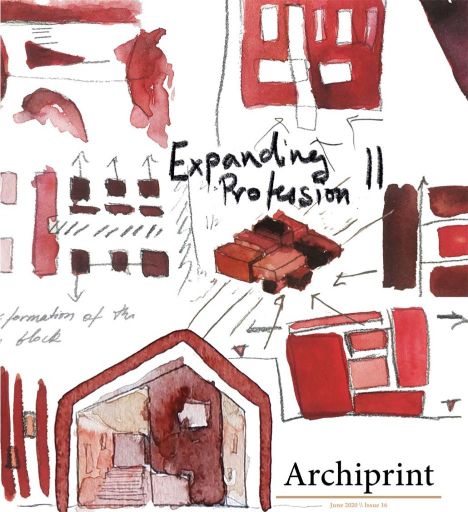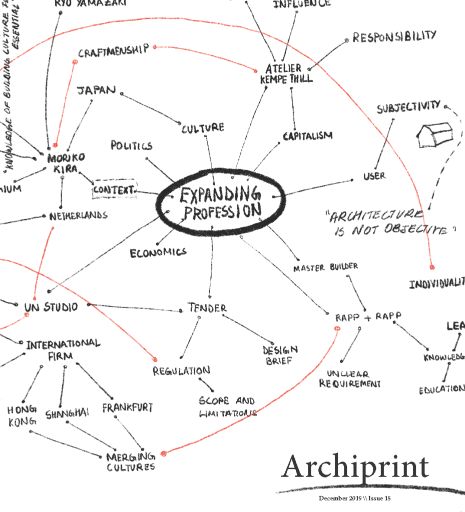Research seems to be both loved and hated by architects as well as by our faculty at the university. If one looks at the endlessly ongoing discussion on a ‘scientific’ approach towards our field, a contradiction comes to mind: apparently nobody seems to know how architectural research should be done, yet everybody is practicing it. How did we get this ambivalent attitude? During the last AnArchi symposium on research and education in March 2011, a statement was made by Jacob Voorthuis: architecture is neither Geisteswissenschaft, exact, nor behavioural science (“alfa, beta, nor gamma”), so we need a new language to describe our profession. For a discipline that already exists for a few millennia, this seems strange. Do we question our own abilities as we are surrounded by the bèta focused engineers of Eindhoven? Is a University of Technology not the right place for a study that wishes to understand the world on the one hand, but learns us to be the creator of a new world on the other? Or do we lack both the rhetorical strength of alfa, as well as the statistic skills of gamma? These questions become especially relevant in the discussion on the plans of a university wide bachelor system, which is said to be the kiss of death for the design education programme for architectural students. What we actually would like to accomplish, is a magazine about research and education. This issue of Archiprint may be seen as a catalogue of research methods. Several different people, both university related and external writers, are asked to write about their opinion on the architectural discourse while they try to grasp the research in their own fields of interest. By explanations on the methods used and description of the results in the design processes we hope to offer some insight in what is already present. Perhaps this may contribute to a solution for this problem we seem to have.
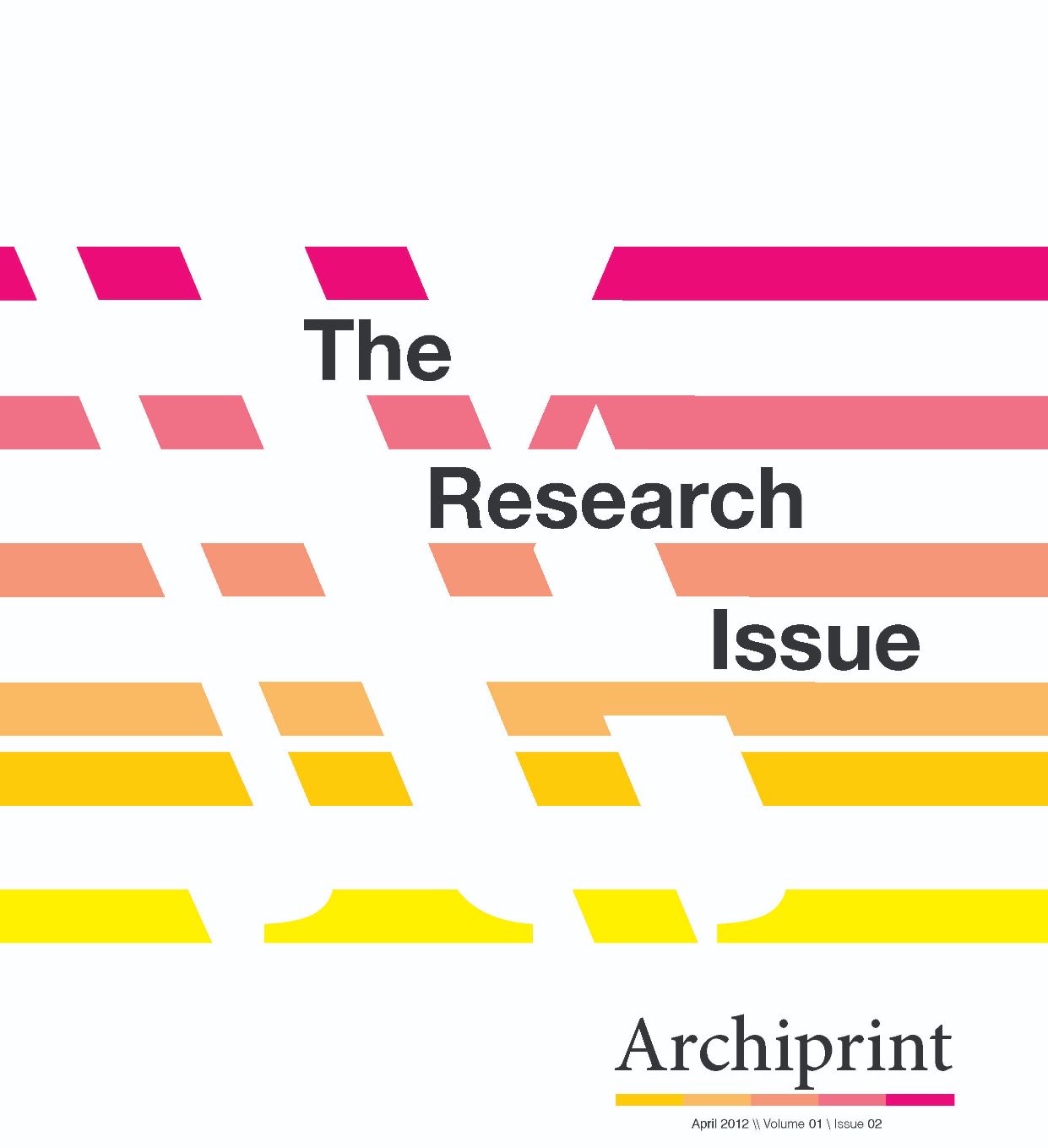
Volume / Issue 1 / 2
Editor in chief Erik Hoogendam
Editors Erik Hoogendam, Omayra Mingels, Nik Snellaars, Jan Verhagen, Laurence Bolhaar, Iris Jansen, Marjan Mohammadzadeh Sarab, Aris Santarmos
Writers Gijs Adriaansens, Tim Brans, Myrthe Buijs, Irene Curruli, René Fuhren, Bob l’ Herminez, Sem Holweg, David de Kool, Tim Kouthoofd, Thomas Krijnen, Gerald Lindner, Loes Martens, Robbert Peters, Ricardo Ploemen, Mark Proosten, Sanne Reinaerts, Jan Schevers, Martijn Schlatmann, Mahshid Shokouhi, Raoul Vleugels, Gijs Wallis de Vries, Han Westelaken, Maarten Willems
